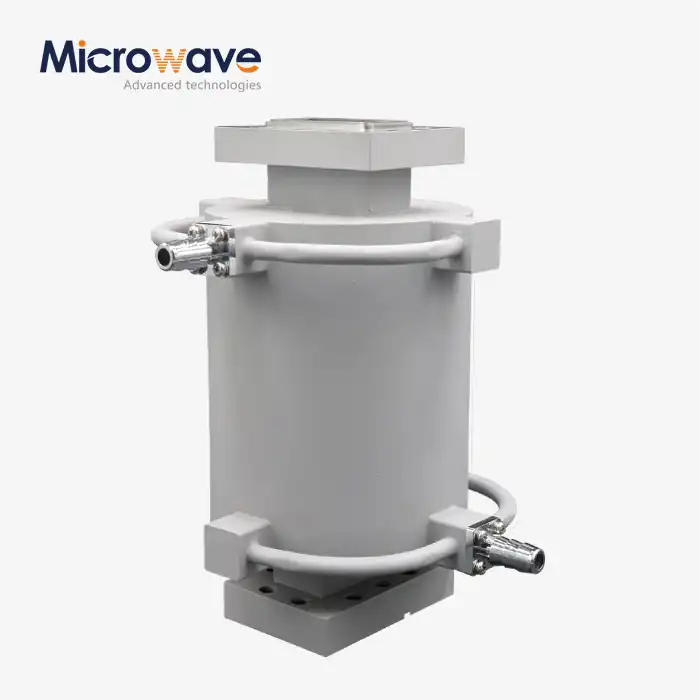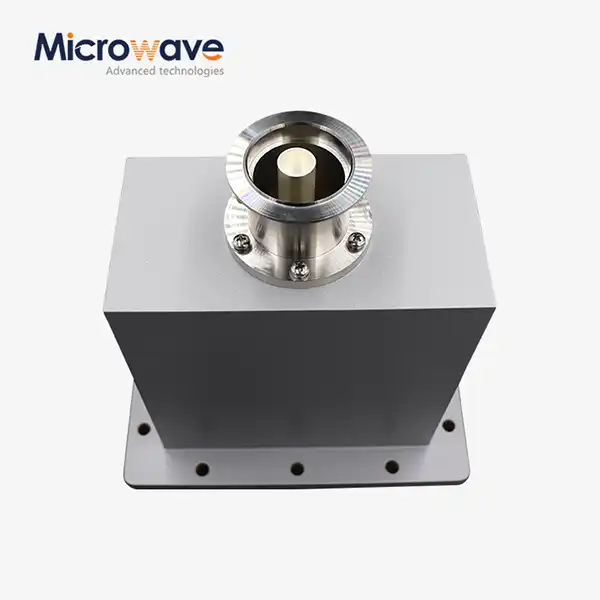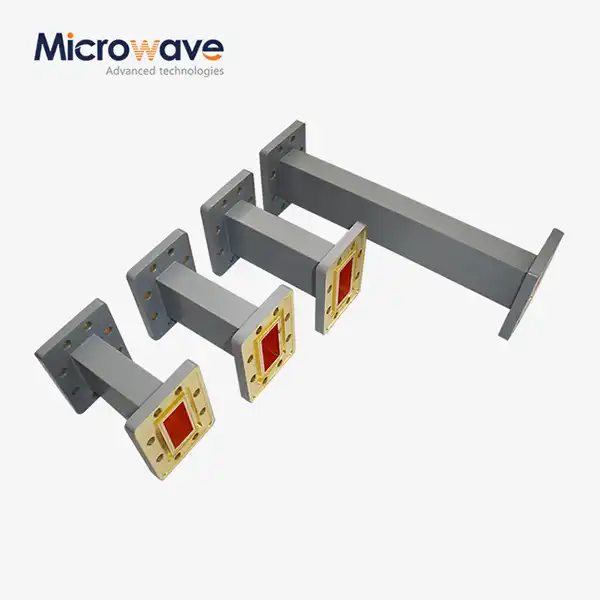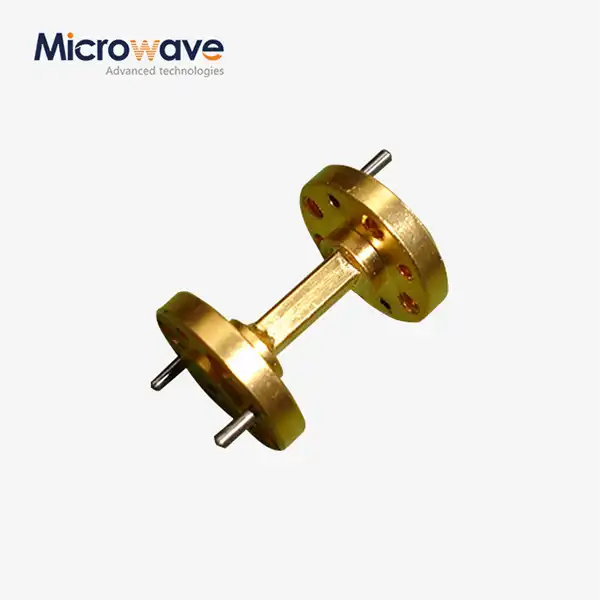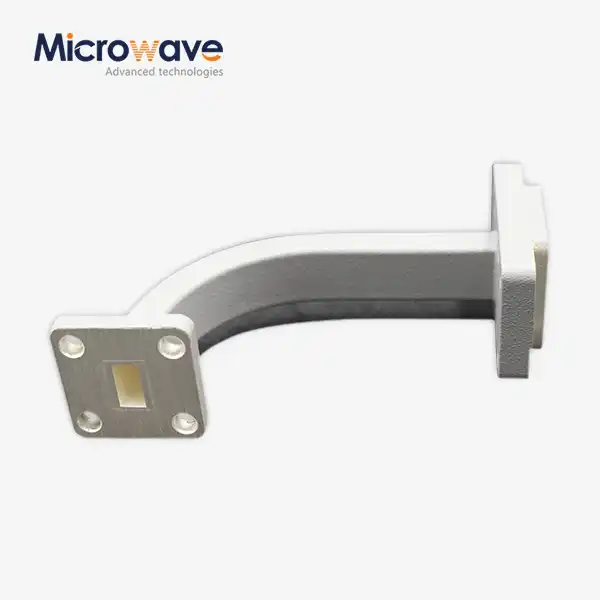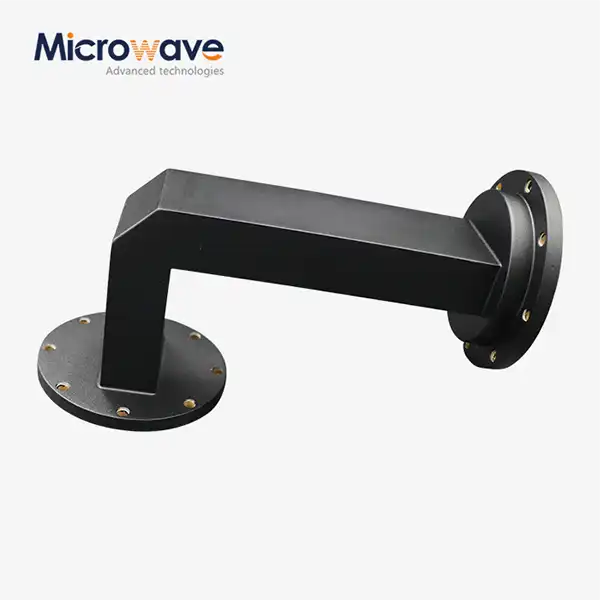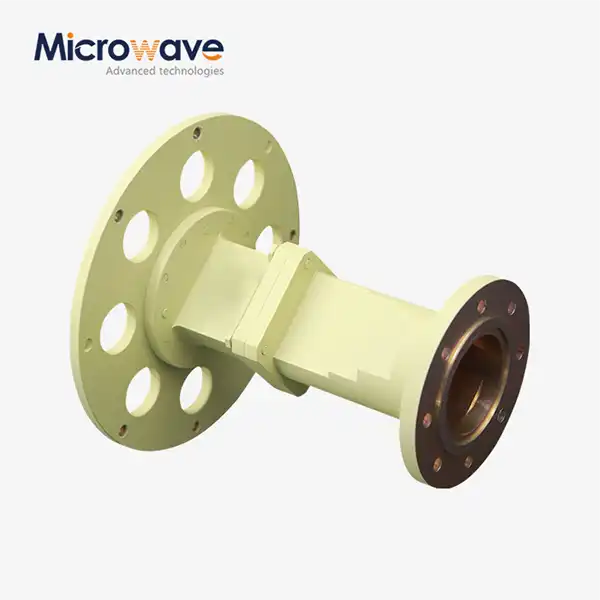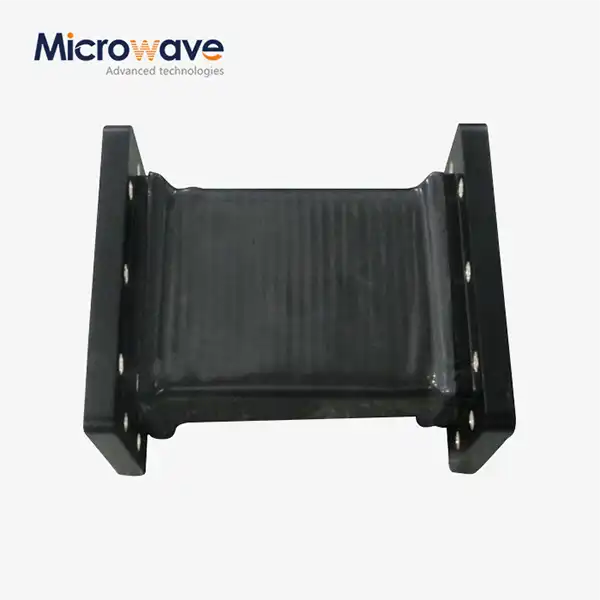5 Key Benefits of Using H-Plane Tee in Radar Applications
When radar system designers face the critical challenge of signal splitting and power distribution in high-frequency microwave circuits, the choice of junction components becomes paramount to system performance. The H-Plane Tee emerges as a fundamental solution that addresses multiple operational challenges simultaneously, from maintaining signal integrity to optimizing power handling capabilities in demanding radar environments. This comprehensive analysis explores five essential benefits that make the H-Plane Tee an indispensable component for modern radar applications, addressing the specific pain points that engineers encounter when designing reliable, high-performance radar systems that must operate flawlessly under extreme conditions while maintaining precision and efficiency.
Superior Power Division and Signal Management in Radar Systems
Optimal Power Distribution Characteristics
The H-Plane Tee demonstrates exceptional power division capabilities that are crucial for radar system performance, particularly when dealing with high-power transmission requirements. In radar applications where signal strength directly impacts detection range and accuracy, the H-Plane Tee provides consistent power splitting that maintains system reliability across varying operational conditions. The junction of the auxiliary arm, made on the narrow wall of the main waveguide, creates a symmetrical configuration that ensures equal power distribution between output ports, minimizing phase variations that could compromise radar accuracy. This characteristic is especially valuable in phased array radar systems where precise amplitude and phase control across multiple elements determines the overall system performance and beam steering capabilities. Advanced radar systems require components that can handle substantial power levels while maintaining signal integrity, and the H-Plane Tee excels in these demanding applications. The component's ability to manage power levels up to 100 watts, depending on the specific model configuration, makes it suitable for both surveillance and high-power radar applications. The robust construction using high-quality materials such as aluminum, brass, and stainless steel ensures reliable operation even in harsh environmental conditions commonly encountered in military and aerospace radar installations.
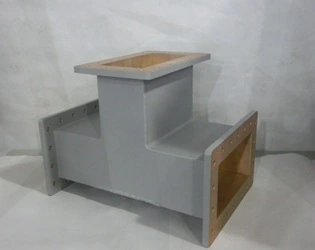
Enhanced Signal Integrity for Radar Precision
Signal integrity remains paramount in radar applications where even minor distortions can lead to false targets or reduced detection capabilities. The H-Plane Tee's design inherently maintains signal integrity through its optimized geometric configuration, which minimizes reflections and standing wave ratios that could degrade radar performance. The component's low insertion loss characteristics ensure that precious transmitted power reaches the antenna elements efficiently, while received signals maintain their amplitude and phase relationships necessary for accurate target identification and tracking. The wide frequency range capability, spanning from DC to 40 GHz, positions the H-Plane Tee as a versatile solution for various radar frequency bands, from L-band surveillance radars to millimeter-wave applications. This frequency flexibility is particularly advantageous in multi-band radar systems or when upgrading existing systems to operate at higher frequencies for improved resolution and accuracy. The component's ability to maintain consistent performance across this broad frequency spectrum ensures reliable operation regardless of the specific radar frequency requirements.
Low Insertion Loss Performance for Maximum Radar Efficiency
Minimizing Signal Degradation in Critical Radar Paths
In radar systems where every decibel of signal loss directly translates to reduced detection range or compromised sensitivity, the H-Plane Tee's optimized low insertion loss characteristics become a critical performance advantage. The component's engineering design focuses on maintaining efficient signal transmission with minimal degradation, ensuring that both transmitted and received radar signals preserve their strength throughout the waveguide network. This efficiency is particularly crucial in long-range surveillance radars where signal losses can significantly impact the system's ability to detect distant or low-observable targets. The H-Plane Tee achieves its low insertion loss performance through careful attention to manufacturing tolerances and surface finishes that minimize ohmic losses and unwanted reflections. The precision manufacturing processes ensure that the junction interfaces maintain optimal electrical continuity, preventing signal degradation that commonly occurs at component connections. This attention to detail becomes especially important in high-frequency radar applications where even small imperfections can cause significant signal losses and system performance degradation.
Optimized Impedance Matching for Radar Networks
Proper impedance matching throughout the radar signal chain is essential for maximum power transfer and minimal reflection losses. The H-Plane Tee's design incorporates optimized impedance characteristics that seamlessly integrate with standard waveguide networks, reducing the need for additional matching components that could introduce losses or complexity. This inherent matching capability simplifies radar system design while ensuring optimal performance across the operating frequency range. The component's consistent impedance characteristics across its operating bandwidth make it particularly suitable for wideband radar applications that require uniform performance across multiple frequencies simultaneously. Modern radar systems often employ frequency diversity or chirped waveforms that span significant bandwidths, making the H-Plane Tee's broadband impedance matching a valuable asset for maintaining system performance across these extended frequency ranges.
Exceptional Power Handling Capabilities for High-Power Radar Operations
Robust Construction for Demanding Radar Environments
High-power radar systems, particularly those used in long-range surveillance and tracking applications, require components capable of handling substantial RF power levels without degradation or failure. The H-Plane Tee's robust construction using premium materials such as aluminum, brass, and stainless steel provides the thermal and electrical characteristics necessary for reliable high-power operation. The component's design includes adequate cross-sectional areas and thermal mass to dissipate heat generated during high-power operation, preventing thermal stress that could lead to performance degradation or component failure. The manufacturing quality standards, including ISO 9001:2015 certification, ensure consistent performance and reliability across production batches, which is crucial for radar systems that may require multiple identical components. This consistency is particularly important in phased array applications where variations between individual H-Plane Tee components could introduce unwanted amplitude and phase errors that degrade the overall array performance.
Thermal Management for Continuous Radar Operation
Continuous operation is a fundamental requirement for most radar systems, particularly those used in critical surveillance or defense applications. The H-Plane Tee's thermal management characteristics enable reliable operation under sustained high-power conditions without performance degradation. The component's material selection and geometric design work together to provide efficient heat dissipation, preventing hot spots that could cause material degradation or electrical performance changes over time. The thermal stability of the H-Plane Tee ensures that its electrical characteristics remain consistent across varying temperature conditions, which is essential for maintaining radar calibration and measurement accuracy. This stability is particularly important in outdoor radar installations where ambient temperature variations can be substantial, or in high-power applications where self-heating effects must be managed effectively.
Versatile Configuration Options for Diverse Radar Applications
Customizable Solutions for Specific Radar Requirements
The diversity of radar applications, from air traffic control to military surveillance systems, requires components that can be tailored to meet specific operational requirements. The H-Plane Tee's availability in various sizes and configurations provides radar system designers with the flexibility to optimize their designs for particular applications. Customization options include frequency range optimization, power handling modifications, and connector type variations that enable seamless integration with existing radar architectures or new system designs. The component's modular design approach allows for easy integration into complex radar feed networks where multiple H-Plane Tee units may be combined to create sophisticated signal distribution systems. This modularity is particularly valuable in large phased array radar installations where hundreds or thousands of individual feed elements must be precisely coordinated to achieve the desired antenna pattern and performance characteristics.
Flexible Connector Integration for System Compatibility
Modern radar systems often incorporate a mix of connector types and interface standards, making component compatibility a significant design consideration. The H-Plane Tee's availability with multiple connector options, including SMA and N-type configurations, ensures compatibility with various radar system architectures without requiring additional adapters or interface components that could introduce losses or reliability concerns. The flexible configuration options extend to mounting and installation considerations, allowing the H-Plane Tee to be integrated into both laboratory test setups and operational radar systems with equal effectiveness. This versatility makes the component valuable not only for production radar systems but also for research and development activities where prototype testing and system optimization require reliable, high-performance components.
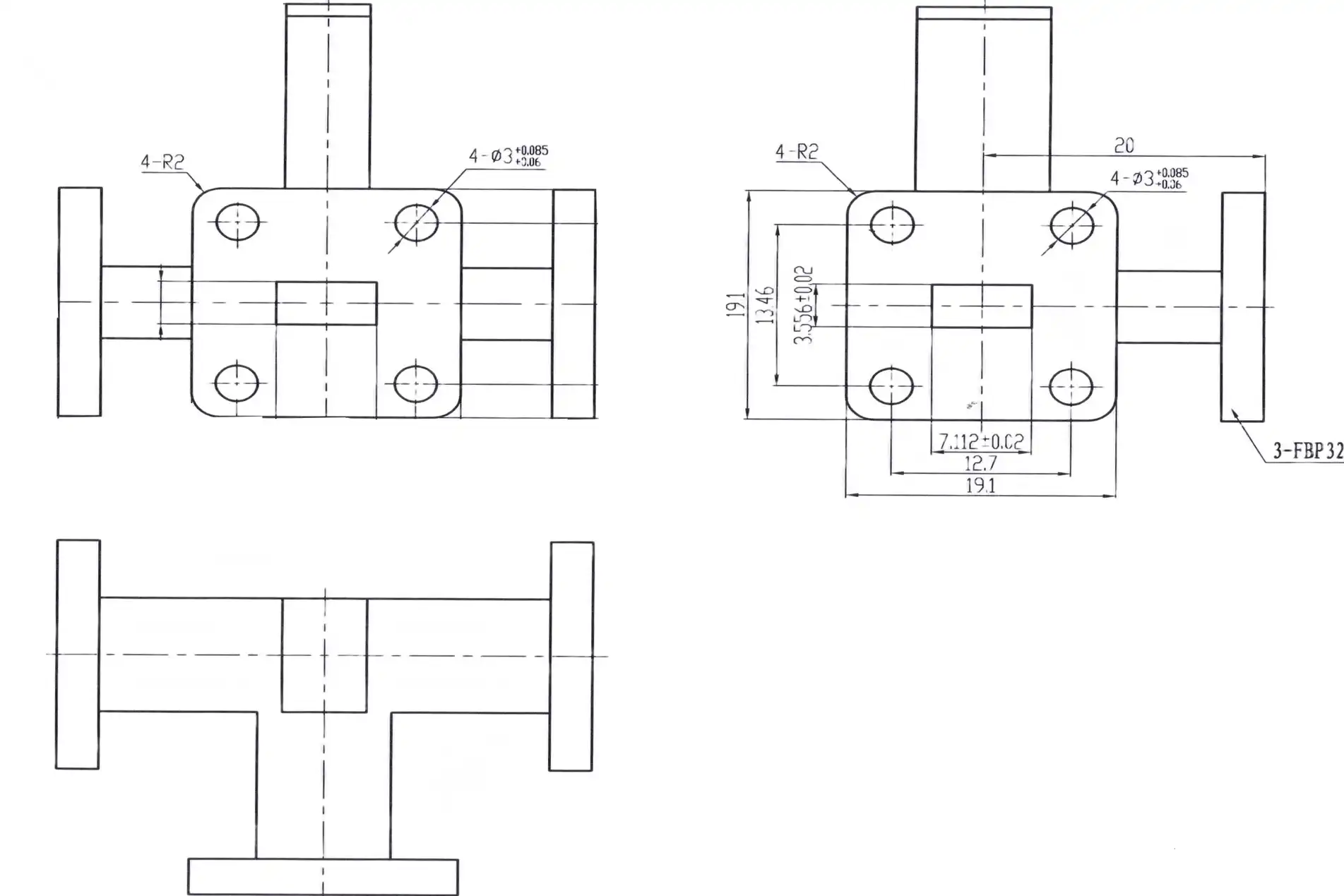
Proven Reliability in Critical Radar Defense Applications
Military and Aerospace Grade Performance Standards
Defense and aerospace radar applications demand the highest levels of reliability and performance consistency, often operating in extreme environmental conditions while maintaining critical mission capabilities. The H-Plane Tee's design and manufacturing standards meet these stringent requirements through comprehensive testing protocols and quality assurance processes that verify performance under various stress conditions including temperature extremes, vibration, shock, and humidity exposure. The component's track record in military surveillance radars demonstrates its ability to maintain performance integrity over extended operational periods without degradation. This reliability is crucial for defense applications where system failure could compromise mission success or personnel safety. The H-Plane Tee's robust construction and premium materials provide the durability necessary for long-term operation in challenging environments.
Long-Term Operational Stability for Radar Systems
Radar systems often represent significant capital investments with operational lifespans measured in decades rather than years. The H-Plane Tee's long-term stability characteristics ensure that radar system performance remains consistent throughout the system's operational life, reducing maintenance requirements and extending overall system availability. The component's resistance to environmental degradation and electrical parameter drift ensures that radar calibration and performance remain stable over time. The manufacturing quality controls and material selection processes employed in H-Plane Tee production focus on long-term reliability rather than just initial performance specifications. This approach results in components that maintain their electrical and mechanical characteristics throughout extended operational periods, providing radar system operators with confidence in their equipment's continued performance and reducing lifecycle costs through decreased maintenance and replacement requirements.
Conclusion
The H-Plane Tee represents a critical enabling technology for modern radar systems, delivering five essential benefits that directly address the primary challenges faced by radar system designers and operators. Its superior power division capabilities, low insertion loss performance, exceptional power handling characteristics, versatile configuration options, and proven reliability in defense applications combine to make it an indispensable component for achieving optimal radar system performance across diverse operational requirements and environmental conditions.
Cooperate with Advanced Microwave Technologies Co., Ltd.
As a leading China H-Plane Tee manufacturer with over 20 years of expertise in microwave technology, Advanced Microwave Technologies Co., Ltd. stands ready to support your radar system requirements with high-quality H-Plane Tee solutions. Our state-of-the-art 24m Microwave Darkroom and comprehensive testing capabilities up to 110 GHz ensure every component meets the strictest performance standards. Whether you need standard configurations or custom designs, our experienced engineering team provides complete technical support from prototyping through production. As your trusted China H-Plane Tee supplier and China H-Plane Tee wholesale partner, we offer competitive H-Plane Tee prices without compromising on quality. Contact us at craig@admicrowave.com for premium H-Plane Tee for sale and discover why leading radar system manufacturers choose our High Quality H-Plane Tee solutions. Our China H-Plane Tee factory delivers excellence in every component.
FAQ
Q: What frequency range can H-Plane Tee components handle in radar applications?
A: H-Plane Tee components typically operate from DC to 40 GHz, covering most radar frequency bands including L, S, C, X, Ku, and K bands for various surveillance and tracking applications.
Q: How much power can an H-Plane Tee handle in high-power radar systems?
A: Depending on the specific model and configuration, H-Plane Tee components can handle power levels up to 100 watts, making them suitable for both surveillance and high-power radar applications.
Q: What materials are used in H-Plane Tee construction for radar applications?
A: H-Plane Tee components are manufactured using high-quality materials including aluminum, brass, and stainless steel to ensure durability and reliable performance in demanding radar environments.
Q: Can H-Plane Tee components be customized for specific radar system requirements?
A: Yes, H-Plane Tee components are available in various sizes and configurations with customizable frequency ranges, power handling capabilities, and connector types to meet specific radar system needs.
References
1. "Microwave Engineering Fundamentals and Applications" by David M. Pozar, covering waveguide junction theory and H-Plane Tee applications in radar systems.
2. "Radar Systems Analysis and Design Using MATLAB" by Bassem R. Mahafza, detailing microwave component requirements and performance considerations in radar applications.
3. "Introduction to Radar Systems" by Merrill I. Skolnik, providing comprehensive coverage of radar system components including waveguide junctions and power distribution networks.
4. "Microwave and RF Design of Wireless Systems" by David K. Cheng, exploring microwave component design principles and applications in modern wireless and radar systems.




